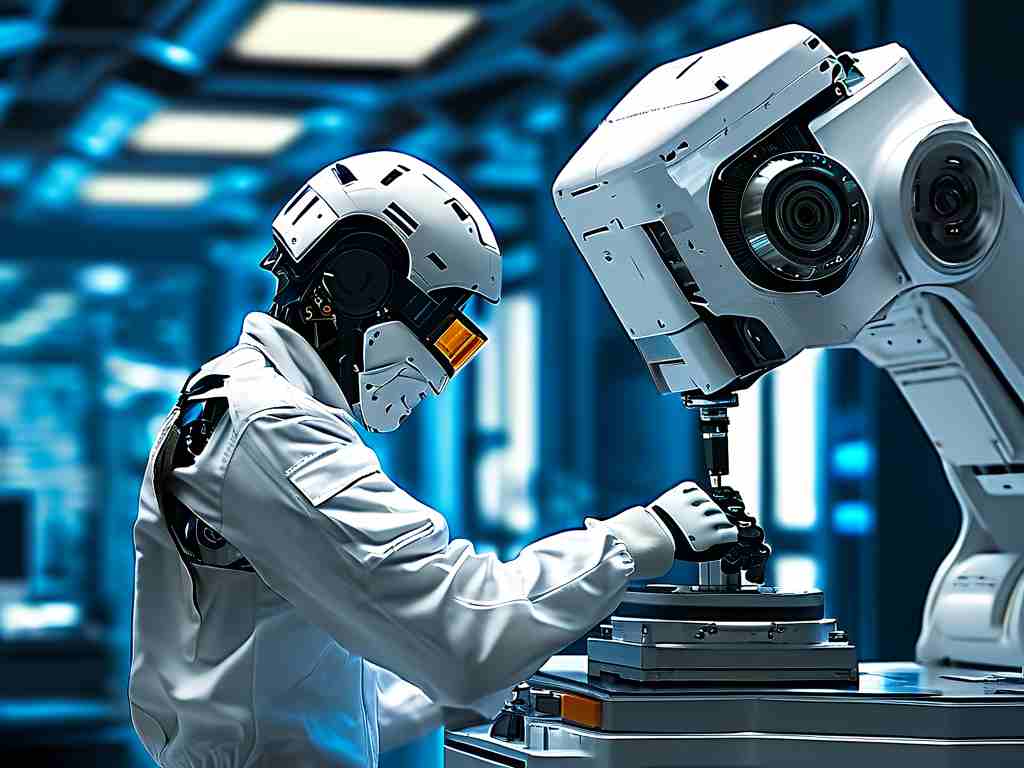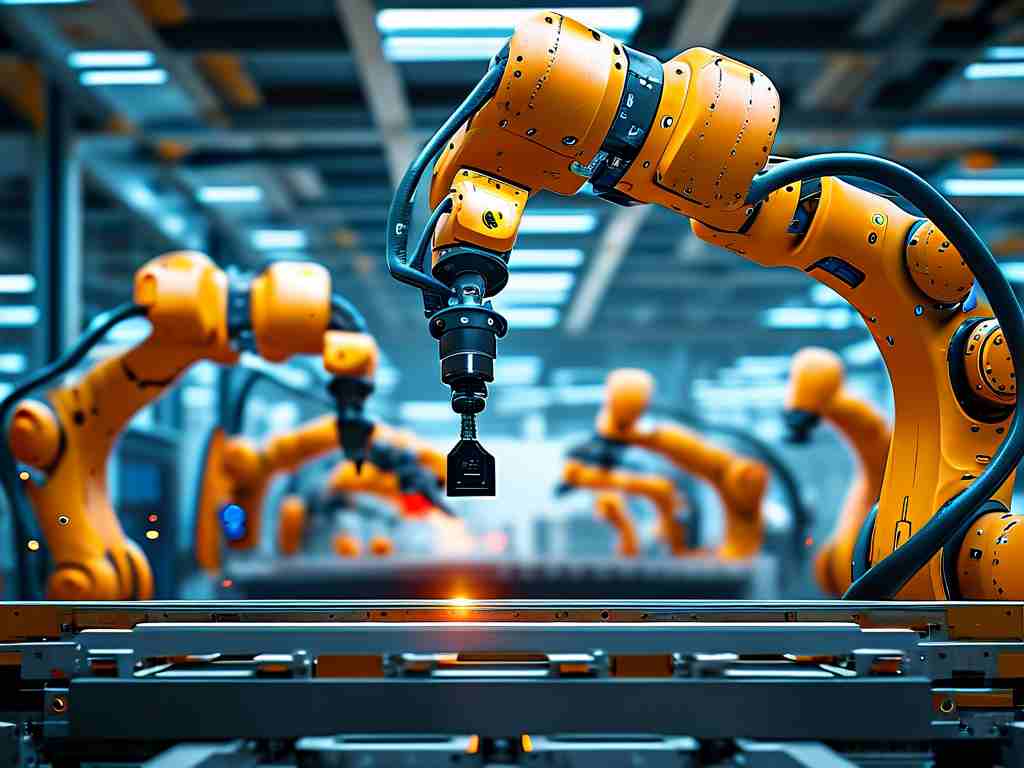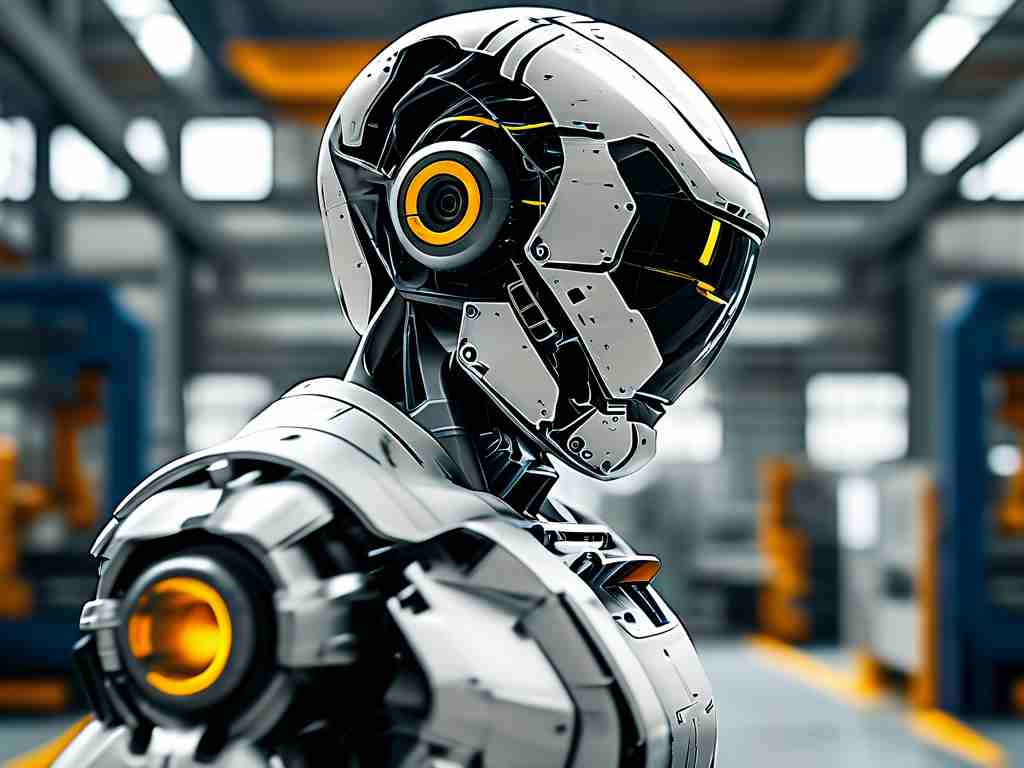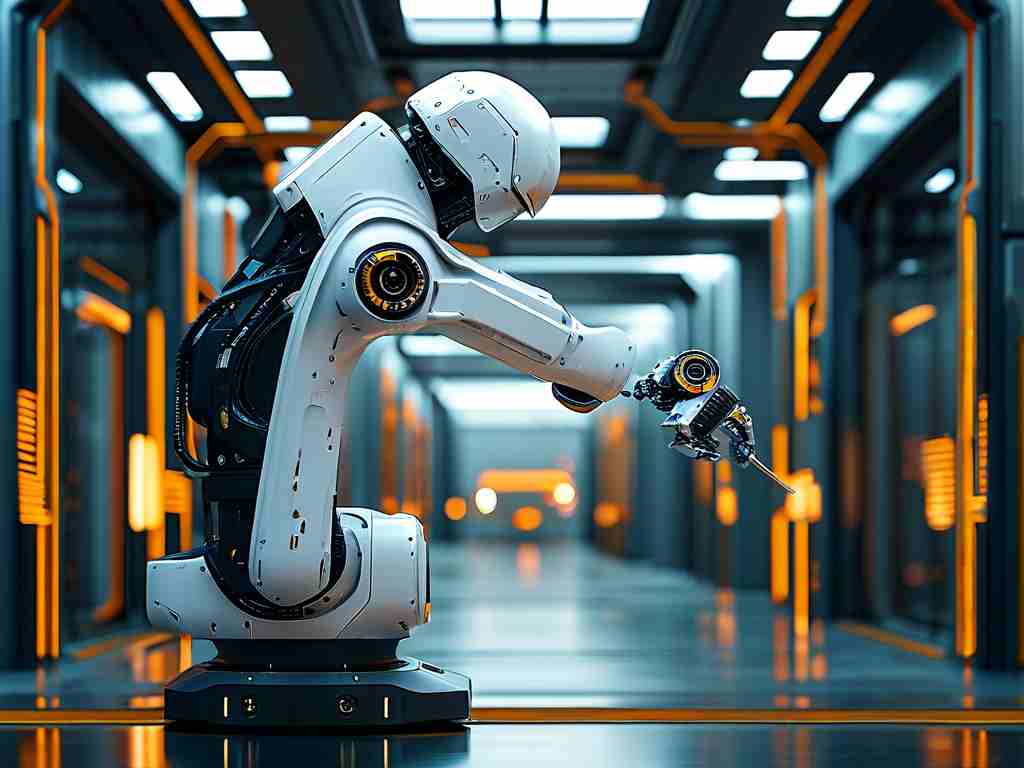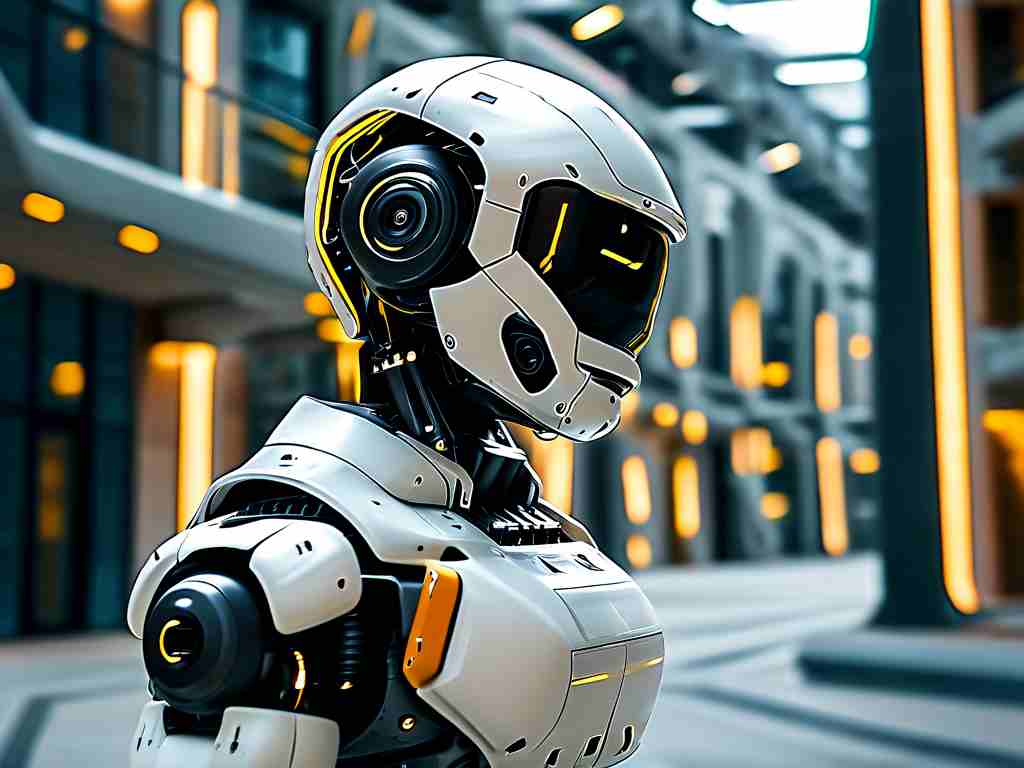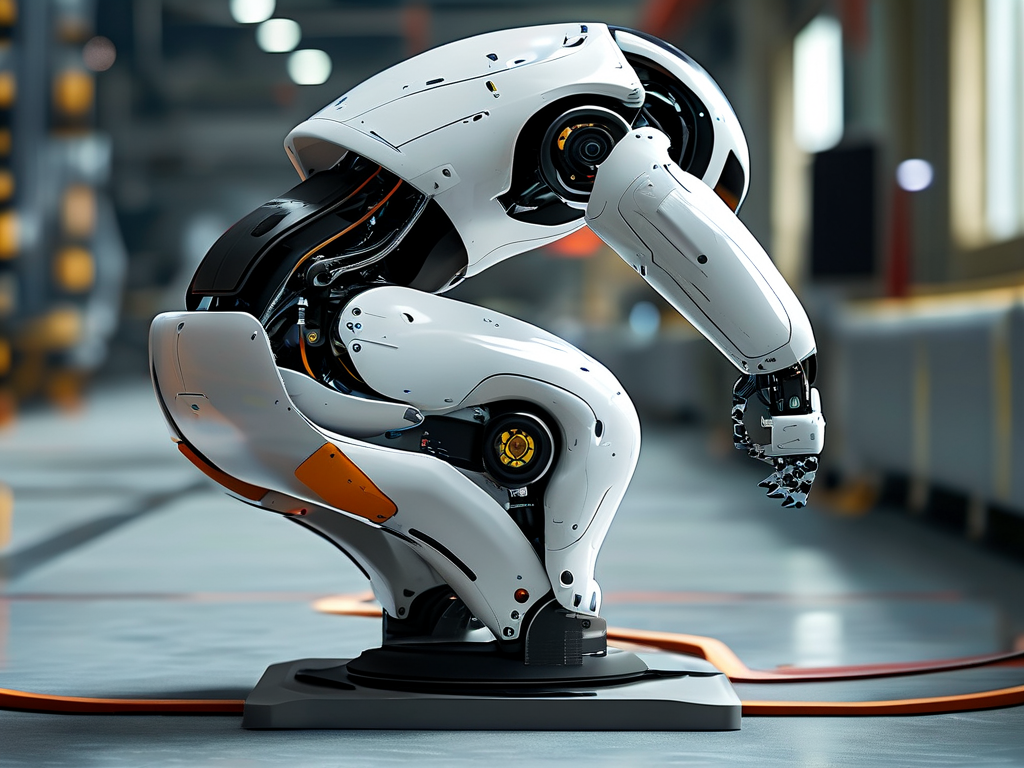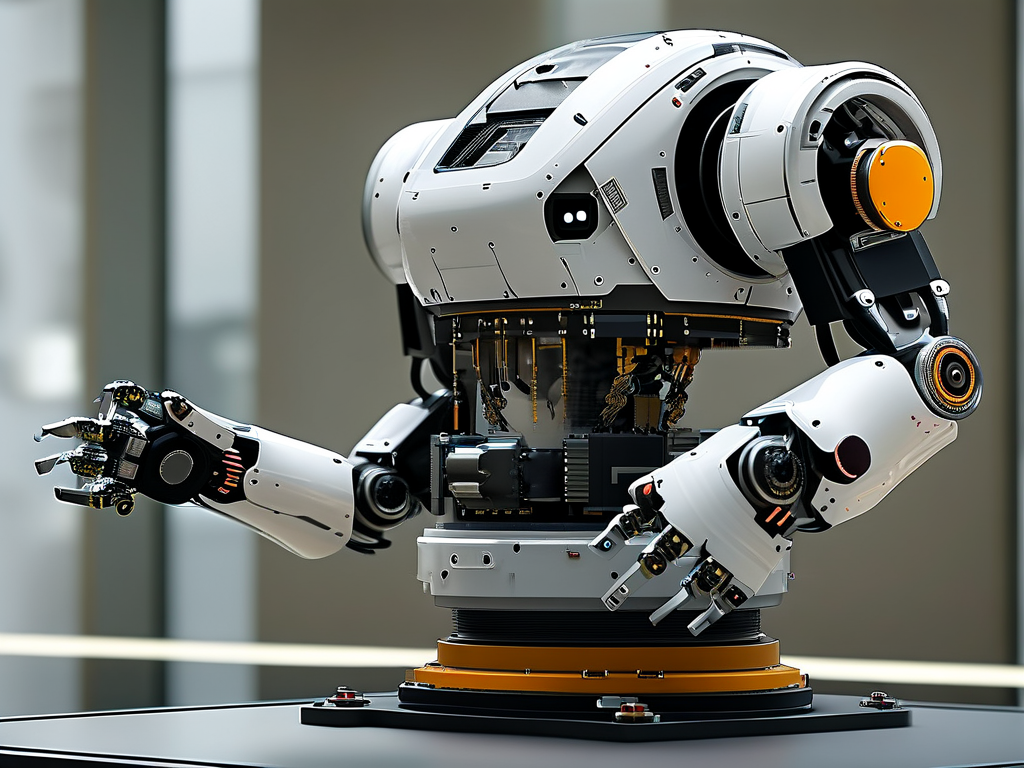Lingchi robotics technology represents a cutting-edge fusion of precision engineering and advanced automation, designed to execute highly detailed tasks with unprecedented accuracy. This innovative approach draws inspiration from historical concepts but applies them to modern industrial and medical challenges. By integrating multi-axis control systems with adaptive algorithms, these robotic systems achieve microscopic levels of precision that traditional machinery cannot match.

Origins and Conceptual Framework
The term "lingchi" originates from ancient methodologies emphasizing meticulous decomposition, though the modern adaptation is purely technical. In robotics, it refers to systems capable of dissecting complex processes into manageable sub-tasks while maintaining seamless coordination. Unlike conventional automation, lingchi-enabled robots utilize real-time feedback loops to adjust parameters such as pressure, speed, and trajectory, ensuring optimal outcomes in dynamic environments.
Core Technological Components
At the heart of lingchi robotics lie three key innovations:
- Adaptive Neural Networks: These algorithms enable machines to learn from iterative tasks, refining their precision over time without human intervention.
- Nano-scale Actuators: Miniaturized mechanical components allow movements measured in micrometers, critical for applications like semiconductor manufacturing.
- Cross-domain Sensor Fusion: Combining visual, tactile, and thermal data streams, robots gain holistic environmental awareness.
A practical example involves microsurgery robots, where lingchi principles enable incisions smaller than 100 microns. Engineers achieve this by synchronizing laser guidance with vibration-dampened robotic arms, reducing tissue trauma by 60% compared to manual techniques.
Industrial Applications
In manufacturing, lingchi robots excel in assembling aerospace components requiring tolerances under 5 microns. Airbus reported a 22% reduction in material waste after implementing these systems for turbine blade production. Similarly, electronics manufacturers use lingchi-enabled pick-and-place machines to position circuit elements with 99.98% accuracy, addressing the miniaturization demands of 5G technology.
Medical Breakthroughs
The medical field has seen groundbreaking applications, particularly in neurology. Researchers at Zurich Neurotech recently demonstrated a lingchi robot capable of implanting 512-electrode arrays into rodent brains with sub-5-micron precision. This advancement accelerates neural mapping research while minimizing biological damage.
Ethical and Technical Challenges
Despite its potential, lingchi robotics raises concerns about workforce displacement and safety. A 2023 MIT study revealed that 34% of precision manufacturing tasks could be automated using this technology within five years. Engineers counter these challenges by developing hybrid systems where robots handle repetitive micro-tasks while humans oversee strategic decision-making.
Future Directions
Emerging research focuses on quantum-enhanced lingchi systems. Early prototypes at Caltech leverage entangled particles to coordinate robotic swarms, achieving femtosecond-level synchronization—a crucial development for molecular-level manufacturing. Meanwhile, biodegradable nano-robots using lingchi principles are being tested for targeted drug delivery, showing 89% efficacy in preliminary cancer trials.
Implementation Considerations
Organizations adopting lingchi robotics must address:
- Infrastructure upgrades: Requires stable power supplies below 0.1% voltage fluctuation
- Workflow redesign: Traditional assembly lines often need modular restructuring
- Skill development: Technicians require training in photogrammetry and adaptive control systems
Case studies from Siemens’ Dresden plant illustrate successful transitions. By phasing in lingchi robots over 18 months alongside workforce upskilling, the facility boosted productivity by 41% while maintaining employment levels through role reassignment.
Lingchi robotics technology marks a paradigm shift in precision automation, offering solutions to previously intractable engineering and medical problems. As the field evolves, balanced integration of technical capabilities with ethical frameworks will determine its long-term impact across industries. Continuous innovation in AI integration and material science promises to expand its applications into quantum computing and beyond, redefining the boundaries of robotic precision.


